17 Common Traffic Laws You’re Probably Breaking Without Knowing It
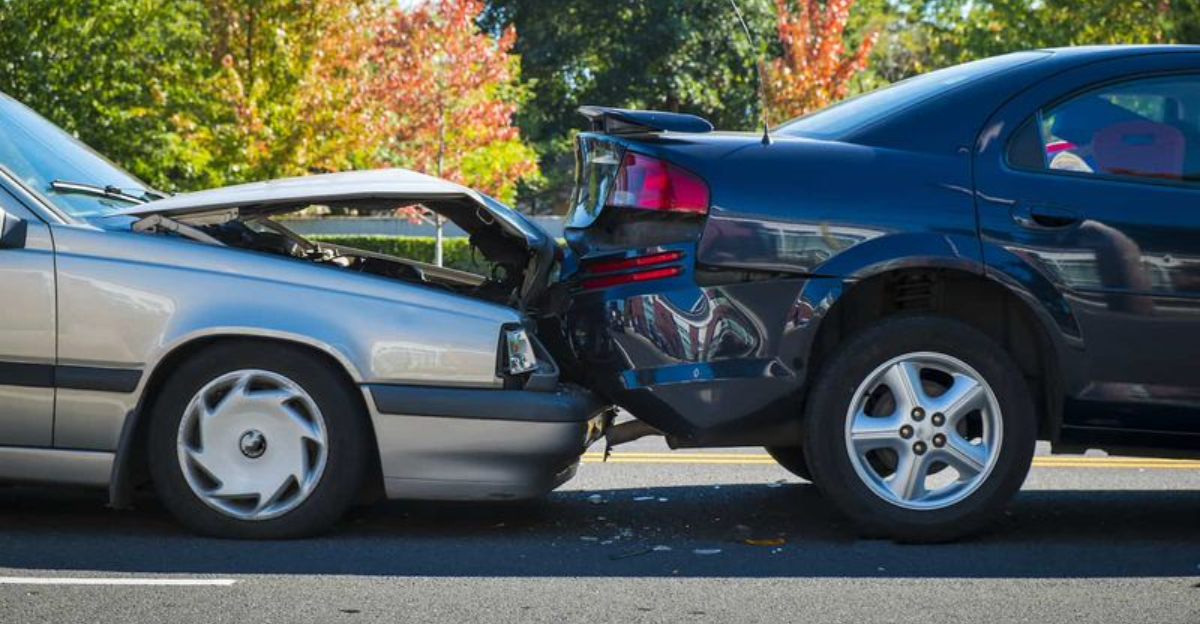
Ever had that moment when a police car appears behind you and your heart skips a beat?
Even careful drivers unknowingly break traffic laws every day. These seemingly minor infractions can lead to tickets, fines, or worse – accidents.
Let’s explore the common traffic violations that might be part of your driving routine without you even realizing it.
1. Rolling Through Stop Signs

The infamous “California roll” isn’t just a sushi variation! Many drivers slow down but never completely stop at stop signs, creating one of the most frequently violated traffic laws nationwide.
Complete stops mean your vehicle has zero movement, even for a second. Police officers watch for wheel motion, and the fine can range from $75 to $400, depending on your location.
2. Failing to Signal Lane Changes
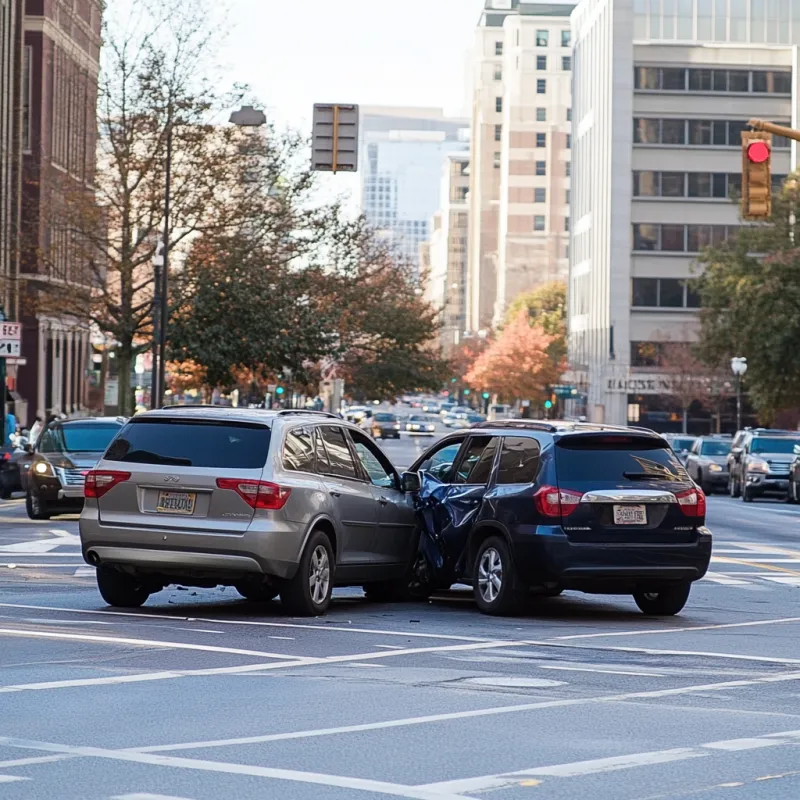
Flick that blinker! Changing lanes without signaling isn’t just annoying to other drivers—it’s actually illegal everywhere. Most states require you to signal at least 100 feet before making your move.
Turn signals exist as a communication tool, not a suggestion.
Many drivers skip this step when roads seem empty, but that’s precisely when unexpected vehicles or motorcycles can appear in your blind spot.
3. Driving Too Slowly in the Left Lane
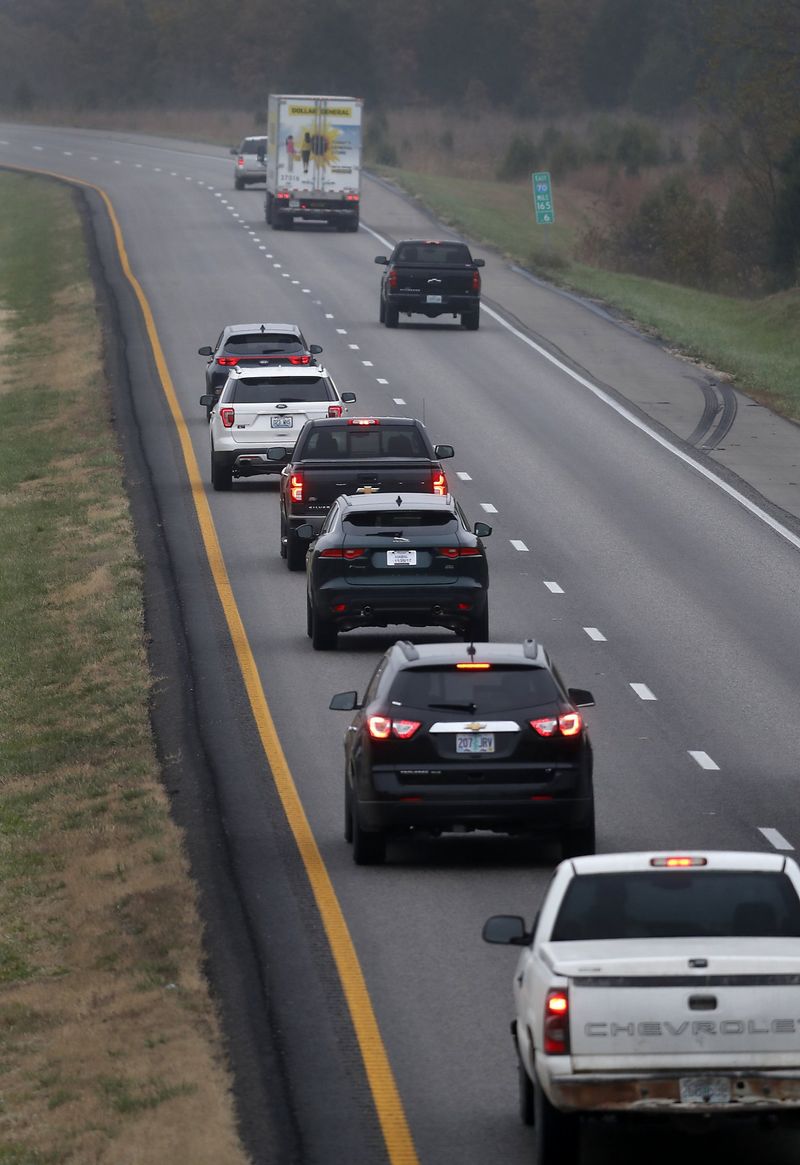
Cruising in the left lane? Unless you’re passing, you’re probably breaking the law! The left lane on highways is designated as a passing lane in most states, not a travel lane.
Slow left-lane driving causes traffic congestion and road rage incidents. Laws vary by state, but many now have minimum speed requirements or “keep right except to pass” laws with fines reaching $200.
4. Improper Headlight Use
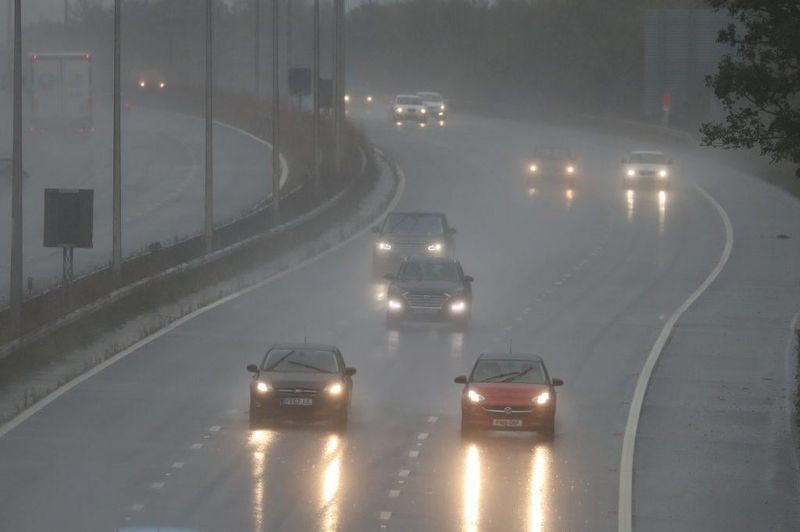
Headlight laws catch many drivers off guard! Most states require headlights 30 minutes after sunset and 30 minutes before sunrise, but did you know many require lights during rain, fog, or snow regardless of time?
Equally problematic is driving with high beams when approaching other vehicles.
The law typically requires switching to low beams within 500 feet of oncoming traffic or when following another car within 300 feet.
5. Blocking Intersections
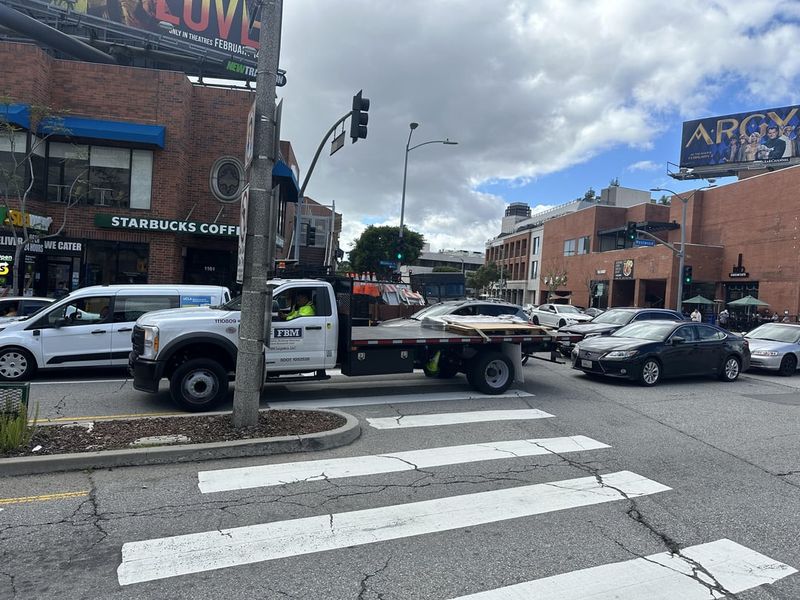
Got caught in the middle of an intersection when the light changed? You’ve just committed a “blocking the box” violation! Entering an intersection without sufficient space to clear it completely is illegal in most places.
Cities like New York and San Francisco aggressively ticket this offense with fines up to $500.
The rule is simple: don’t enter an intersection unless you’re certain you can make it all the way through.
6. Illegal U-Turns
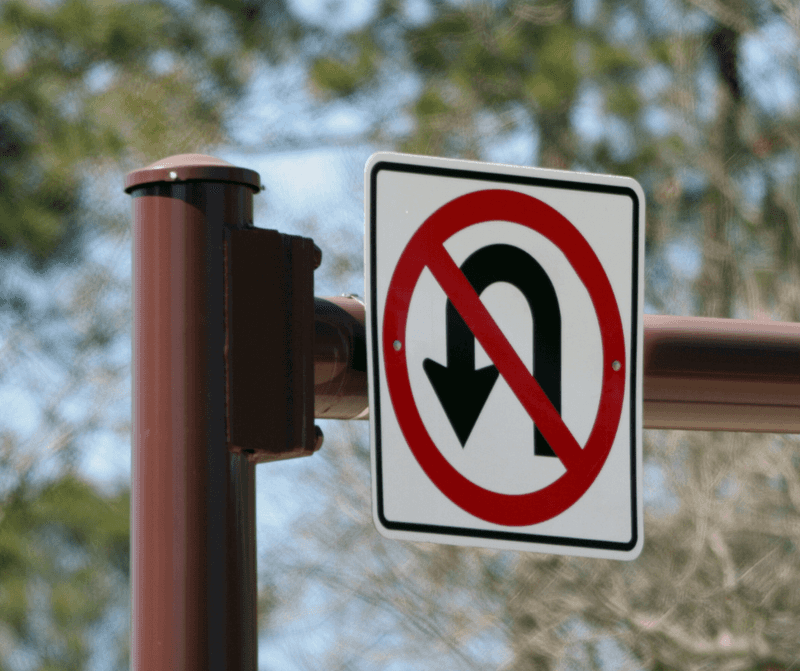
Whoops, missed your turn? Making a quick U-turn might seem convenient, but the rules governing these maneuvers are surprisingly complex and location-specific.
U-turns are prohibited near curves, hills, or anywhere with limited visibility. Many municipalities ban them at intersections with traffic lights or in business districts.
Even when legal, you must yield to all approaching vehicles and pedestrians.
7. Driving With Expired Registration
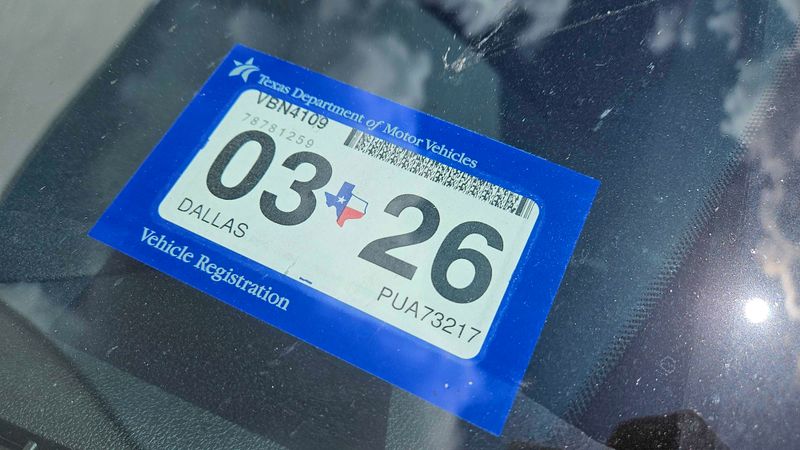
That little sticker on your license plate? It matters more than you think! Driving with expired registration is an easy offense for police to spot and a common reason for traffic stops.
Many drivers forget renewal dates or procrastinate, especially with longer registration periods.
Modern police cruisers often have automated plate readers that instantly flag expired tags, making this violation nearly impossible to miss.
8. Improper Child Restraints

Child safety seat laws have become increasingly specific, with requirements based on age, weight, and height.
Many parents unknowingly violate these laws by transitioning children to different seat types too early.
Most states now require rear-facing seats until age 2, forward-facing seats with harnesses until at least 4, and booster seats until 8-12 years.
The backseat requirement for children under 13 is also commonly overlooked but legally mandated in many places.
9. Crossing Solid White Lines
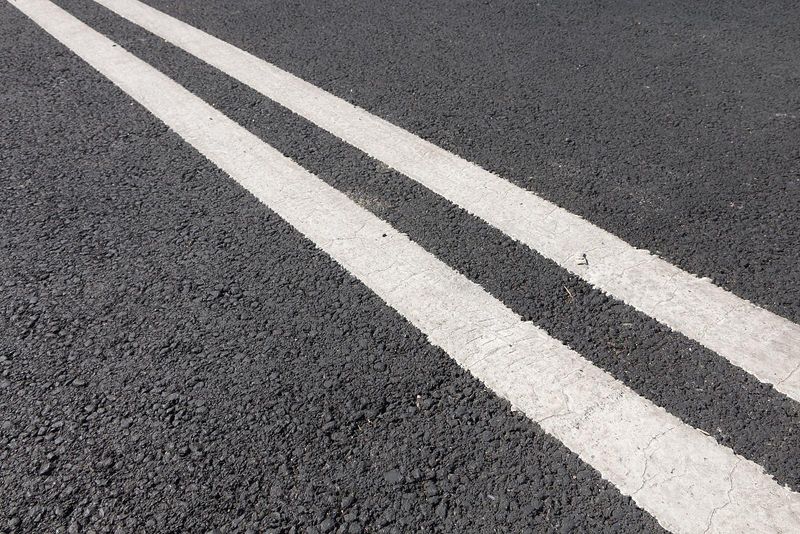
Solid white lines aren’t just road decoration! They indicate areas where lane changes are discouraged or outright prohibited, yet drivers routinely cross them without a second thought.
Double solid white lines are absolute no-cross zones in all states. Single solid whites are technically illegal to cross in many jurisdictions, though enforcement varies.
These markings often appear in high-risk areas where lane changes increase accident probability.
10. Not Moving Over for Emergency Vehicles

Flashing lights in your rearview? Every state has “Move Over” laws requiring drivers to change lanes or slow down when approaching stopped emergency vehicles with activated lights.
These protections often extend to tow trucks, utility vehicles, and road maintenance crews.
Violations can result in hefty fines ranging from $100 to $10,000, depending on the state, with some even imposing jail time for repeat offenders.
11. Improper Turns at Red Lights
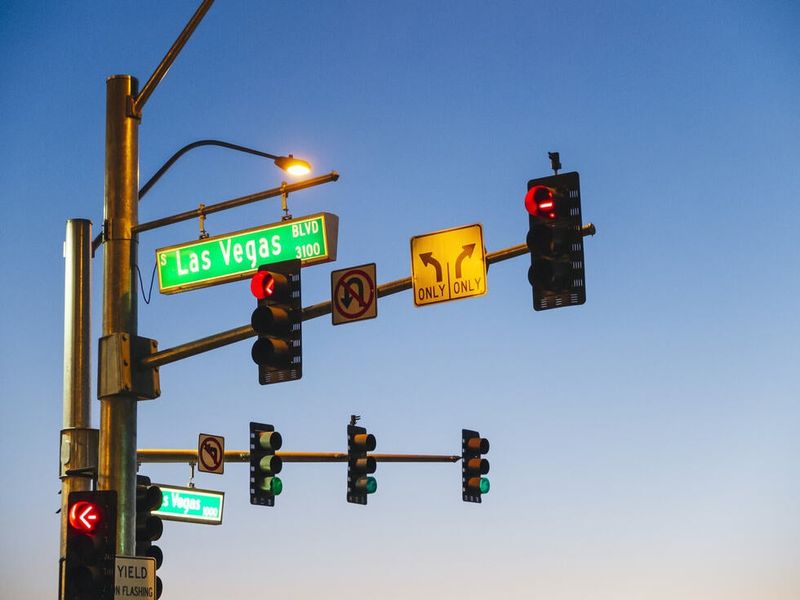
Right turn on red? Legal in most places—but with important conditions many drivers ignore! You must come to a complete stop first, then yield to cross traffic and pedestrians.
Left turns on red are only legal when turning from a one-way street onto another one-way street (and not in all states).
Many intersections prohibit turns on red entirely with posted signs, which drivers frequently miss or disregard.
12. Driving Through Puddles

Splash! Deliberately driving through puddles that spray pedestrians isn’t just rude—it’s actually illegal in many jurisdictions under general statutes against reckless driving or specific anti-splashing laws.
In the UK, this offense carries a fine up to £5,000. Several US states classify intentional splashing as assault.
Beyond legal consequences, driving through deep water can damage your vehicle’s electrical system and potentially cause hydroplaning.
13. Incorrect Merging Techniques

Merging mistakes make everyone’s commute miserable! The zipper merge—where vehicles take turns entering from two lanes—is actually the legally preferred method in most states when lanes reduce.
Early merging (leaving the ending lane too soon) creates unnecessary congestion. Equally problematic is forcing your way in without yielding.
Both practices violate traffic laws requiring drivers to merge safely and take turns when appropriate.
14. Driving With Obscured License Plates
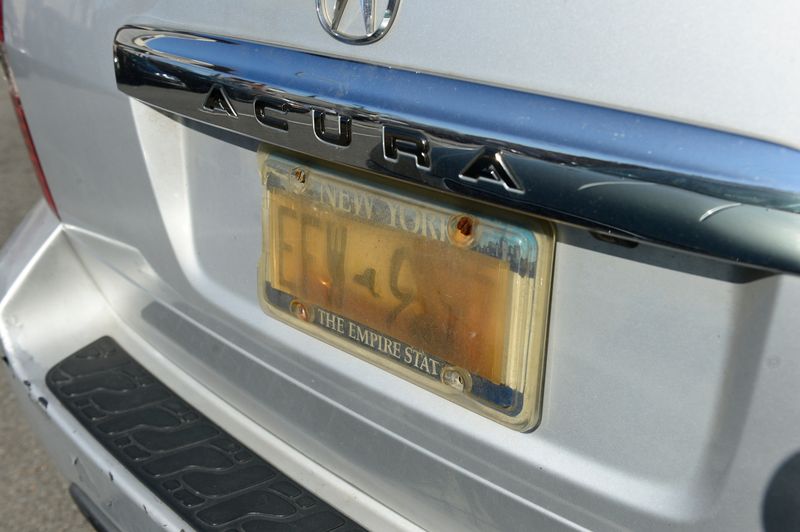
Snow-covered plate? Bike rack blocking view? All states prohibit driving with obscured license plates, yet countless vehicles have plates partially covered by dirt, frames, or accessories.
Even specialty frames that cover registration stickers or state names violate the law in most places.
Some drivers intentionally obscure plates to avoid toll cameras or red light tickets, which can result in separate, more serious charges.
15. Using Hazard Lights Inappropriately
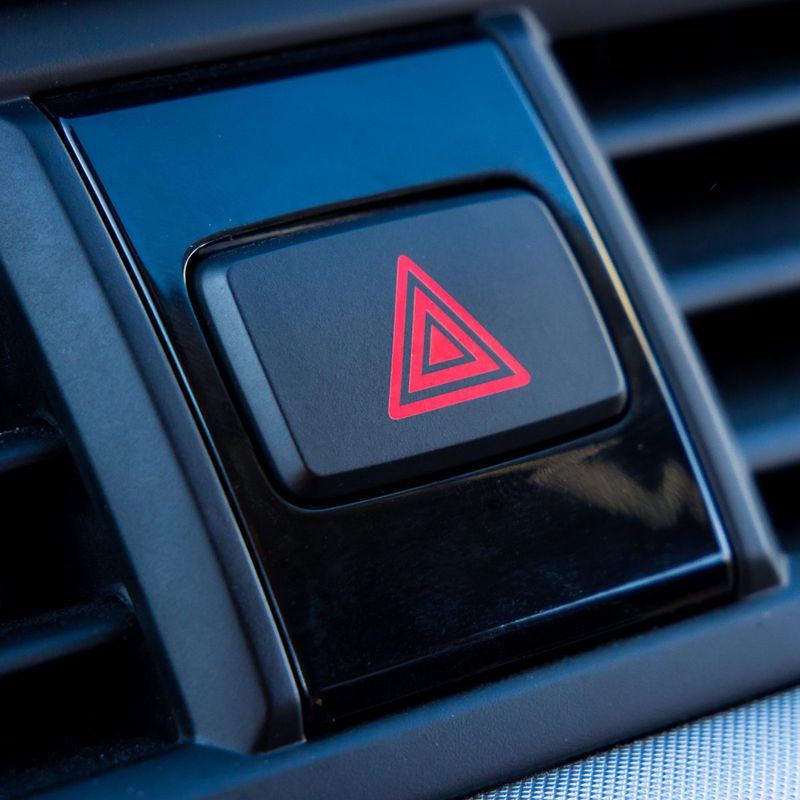
Those flashy triangles aren’t for parking illegally “just for a minute”!
Hazard lights are specifically designed for actual hazards—vehicle breakdowns, accidents, or driving in severe weather conditions that require warning other drivers.
Laws vary dramatically by state. Some prohibit driving with hazards on altogether, while others allow it only in specific circumstances like funeral processions or when traveling below minimum speed limits in adverse conditions.
16. Following Too Closely
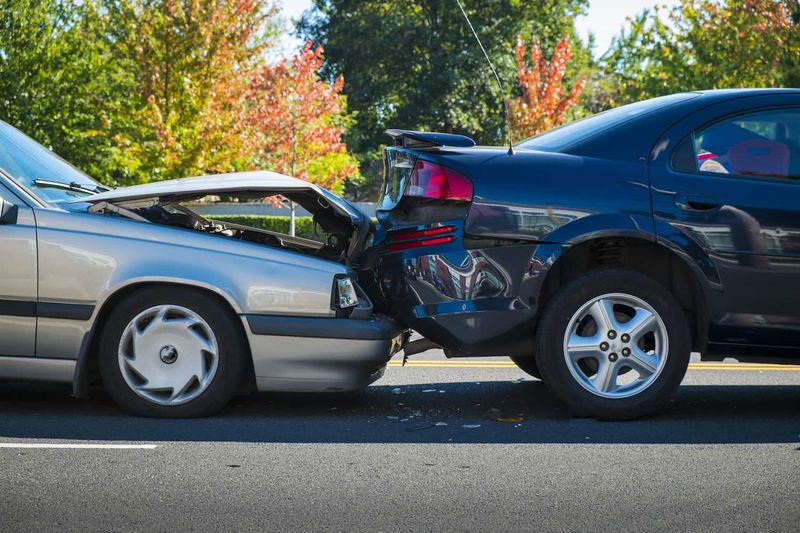
Tailgating isn’t just annoying—it’s illegal everywhere! Most states require maintaining a “reasonable and prudent” following distance, while others specify concrete measurements like the two-second rule.
Commercial vehicles face stricter requirements. Modern police use laser technology to measure exact following distances and time gaps between vehicles.
Besides tickets reaching $400, tailgating dramatically increases your risk of rear-end collisions, which are almost always deemed the following driver’s fault.
17. Failure to Remove Snow From Vehicle
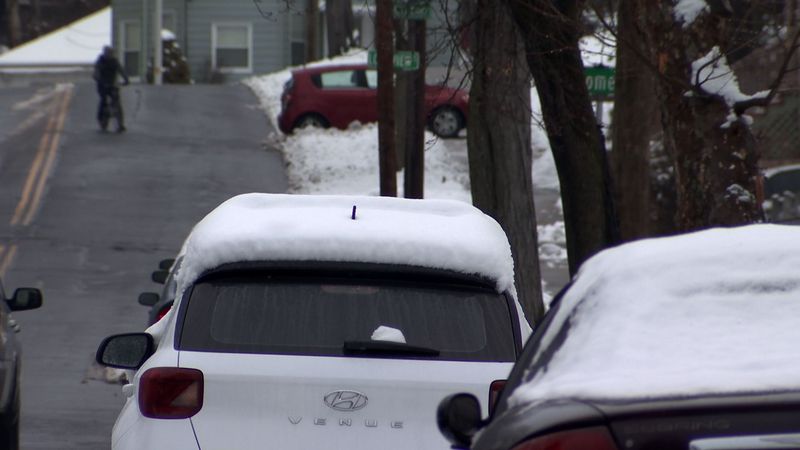
“Snow missiles” from vehicle roofs have caused accidents and even d**ths, leading many northern states to enact specific laws requiring complete snow removal before driving.
Fines range from $75 to $1,500. Beyond the roof, all windows, lights, and license plates must be completely cleared.
Even in states without specific snow removal laws, drivers can be cited under broader statutes against unsecured loads or obstructed visibility.
